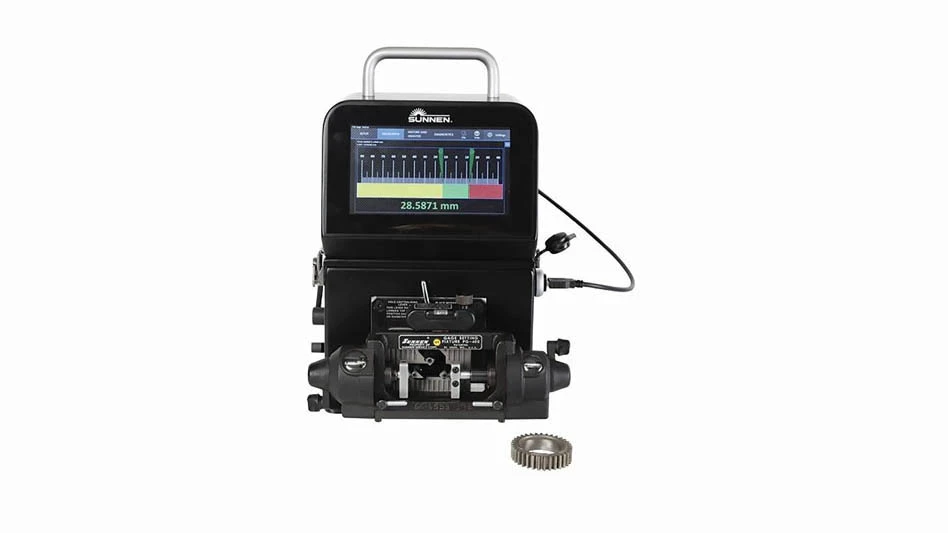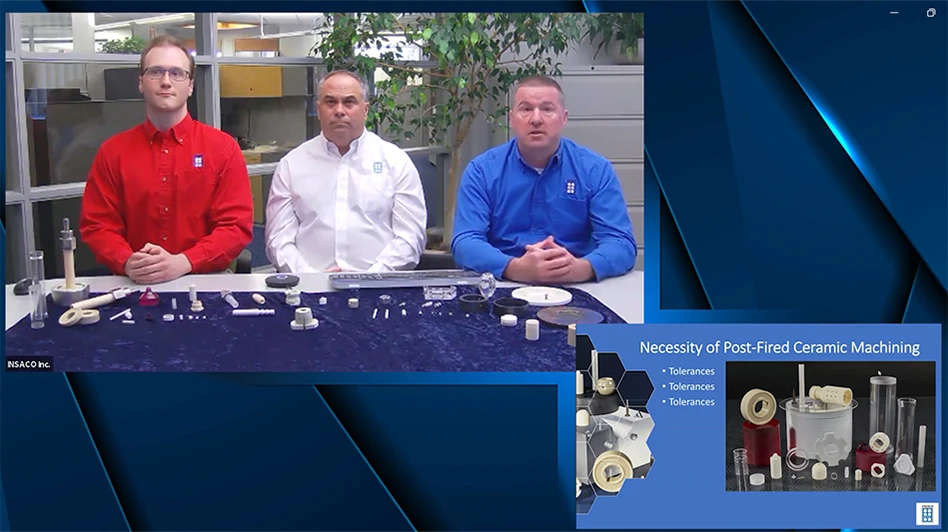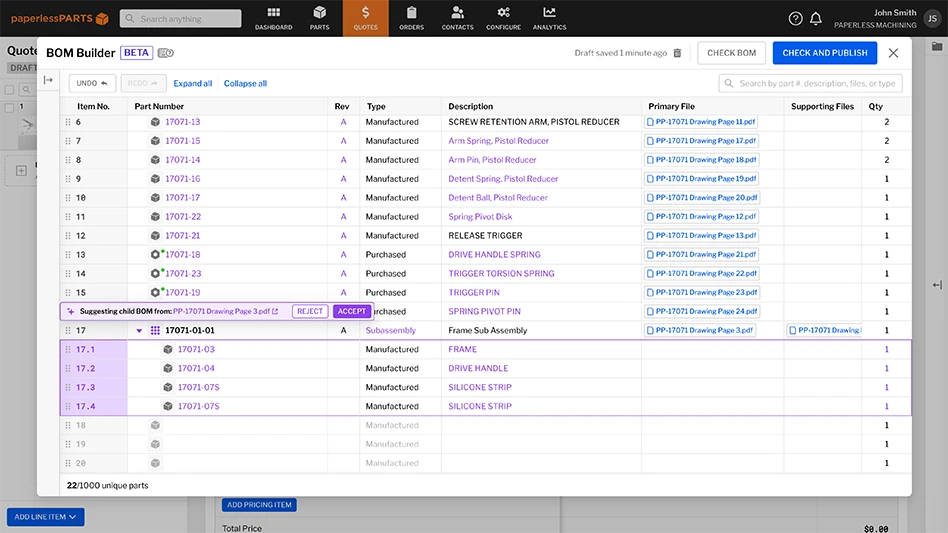
Ventec
In an effort to increase production of
respiratory care products in the fight against COVID-19, Crank Software teamed with Ventec LifeSystems to enable rapid design improvements to the VOCSN critical care
ventilator. Crank Software’s Storyboard embedded graphical user interface (GUI)
development platform made it easy for Ventec to add additional functionality to
the ventilator’s touchscreen and support a partnership with General Motors to deliver
30,000 critical care ventilators to the U.S. National Stockpile.
Storyboard’s rapid prototyping and design
tools helped Ventec update the GUI in less than 30 days to provide software
with preset ventilation functions to better serve the needs of frontline
medical professionals fighting COVID-19.

A Crank customer since 2013, Ventec relies on the Storyboard GUI design platform for its advanced respiratory systems. Storyboard software powers all of the graphics and critically sensitive touch buttons and presets launched on the screen of the 18-pound VOCSN Multi-Function Ventilator. The mobile device combines five therapies – ventilator, oxygen concentrator, cough assist, suction pump, and nebulizer – into one machine.
“We continue to rely on Crank because it
makes it easy to update the user interface. We’re constantly innovating, and
Storyboard lets us tweak graphics and optimize animations with great ease, with
little to no impact on our product development cycles,” says Michael Holmes,
senior software engineer at Ventec Life Systems. “In fact, our users often
comment on how much they like the touch screen interface and how quick and easy
it is to set up.”
“We’re proud that Storyboard performed a
critical role in helping our customer rapidly change their GUI design, ensuring
it could be operated with great ease and increasing accuracy,” says Brian
Edmond, president of Crank Software. “Securing approval for medical devices is
no easy feat, and that generally means many stakeholders and multiple rounds of
changes. We designed Storyboard specifically to facilitate the design iteration
process, so that our customers can get their user interface designs approved more
quickly, and with less headache.”
Latest from Today's Medical Developments
- A 30-year journey through CAM: Insights on simulation technology
- Behringer Saws’ HBE663A Dynamic horizontal bandsaw
- North America's supply chains face sharp decline due to tariffs
- Experience precision: GF Machining Solutions' CUT F Series wire EDM
- Mastering high-temp alloys with Kennametal Inc.
- Integer expands operations in Salem, creating 83 jobs
- Siemens unveils new Teamcenter X: Revolutionizing SaaS PLM for all manufacturers
- 3 Questions with an Expert with Allied Machine & Engineering





